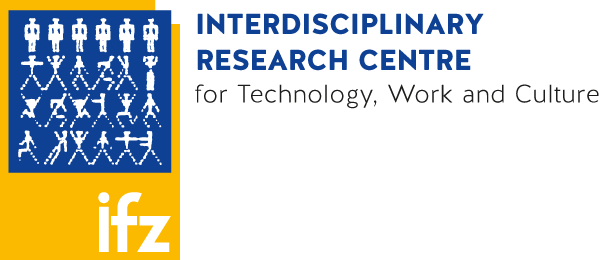Strategy towards Sustainable Buildings: Inter-linked Design
Conventional design processes for residential and office buildings are not able to fulfil the complex requirement profiles of innovative building projects. As a consequence, design processes are inefficient: risk of error is high, as well as co-ordination effort. Therefore new strategies are needed: Close co-operation within the design team very early in the design process, starting as soon as possible, enables the development of cost-efficient and innovative design solutions.
Austrian Federal Ministry of Transport, Innovation and Technology, Programme "Haus der Zukunft"
2001-2002
Austrian Institute for Applied Ecology; Schöberl and Pöll OEG
In this project, we developed the strategy of “inter-linked” design, in order to improve the design process and to promote the diffusion of innovative high quality buildings without increasing costs.
The main tasks of this project were:
- to investigate the role of the design team members during the different stages of the early design process and their influence on the project;
- to develop and formulate strategies for the implementation of the inter-linked design process.
Attention was focussed on the development of an „inter-linked“ design strategy that can be applied early in the design process under the common market conditions, that are lack of time, and demand for high quality and low cost. Case studies were carried out in order to develop process guidelines and ready to use recommendations for architects, project managers and clients. These guidelines are based on the evaluation of best-practice examples with respect to the perceptions and the values of the design team members.
Key questions were:
- How does the communication process in the team work, how do they develop design solutions?
- Which part do the engineers take in this process?
- In which phase is the knowledge of engineers needed, in order to design an innovative project, and how do they get involved?
These investigations and the lessons learned by participating in Task 23 of the International Energy Agency pointed out the need for a very efficient, low effort and low cost co-operative design process. The inter-linked design process guideline was elaborated in co-operation with the project manager of the innovative building concept for residential units in passive house quality, and with the support of stakeholders to increase the practical applicability. A co-operative “inter-linked” design process and a setting of design targets at the very beginning of the design process, these are the preconditions for a high quality project. “Inter-linked” design enables to elaborate optimised design solutions in a team, without increasing costs. The design process guidelines do not focus on special team structures, contract forms or project goals, they offer a framework which can be adapted for different projects. The main characteristics of inter-linked design are:
- a sensible team setting and the definition of the organisational structure
- to integrate engineers and experts at the very beginning of the design process
- to define the design targets at the very beginning
The guidelines for inter-linked design address the “informal phase” and the “concept phase”. At present, these phases at the very beginning of the design process are neglected in Austria. The design process guideline will contribute to improving the design process at this early stage, in order to improve the building as a whole. Detailed information and download: www.ecology.at/projekt/detail/vernetzte_planung
